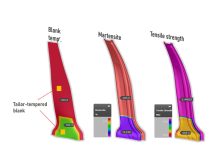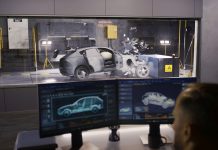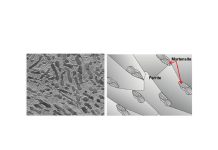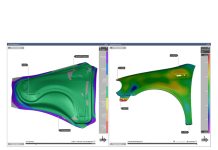As the automotive industry undergoes a monumental shift toward electric vehicles (EVs), various sectors are experiencing significant changes and opportunities. One such sector is steel, which has played a pivotal role in the automotive industry for decades. In the face of this transition, the Auto/Steel Partnership, a precompetitive research and education consortium, is exploring the potential of advanced high-strength steel (AHSS) in the battery enclosure of EVs. This article will discuss the evolving role of steel, its advancements in sustainability, and the strategies that companies can employ to thrive during this transformative era.
The Transition to Electric Vehicles
The rapid growth of EVs has ignited a paradigm shift in the automotive industry. With an emphasis on reducing carbon emissions and enhancing sustainability, automakers are transitioning away from internal combustion engines (ICEs) toward electric powertrains. This shift necessitates the exploration of new materials and technologies to optimize the performance and efficiency of EVs.
Advanced High-Strength Steel and the Battery Enclosure
As EVs become more prevalent, there is a growing need for lightweight yet strong materials to ensure safety and efficiency. This is where advanced high-strength steel comes into play. Over the years, steel has evolved from basic mild steel to advanced high-strength steel grades with enhanced formability. These new steel grades possess superior strength-to-weight ratios, making them ideal for applications such as battery enclosures in EVs. AHSS can effectively protect the battery while minimizing weight and maximizing structural integrity.
Steel’s Evolution toward Decarbonization and Sustainability
The steel industry, in tandem with the automotive sector, is actively pursuing decarbonization and sustainability efforts. Steel manufacturers are adopting greener production processes, such as electric arc furnaces and hydrogen-based steelmaking, to reduce their carbon footprint. Additionally, the recycling capabilities of steel make it a highly sustainable material, as it can be reused without compromising its quality. This evolution aligns steel with the goals of the automotive industry’s transition to a low-carbon future.
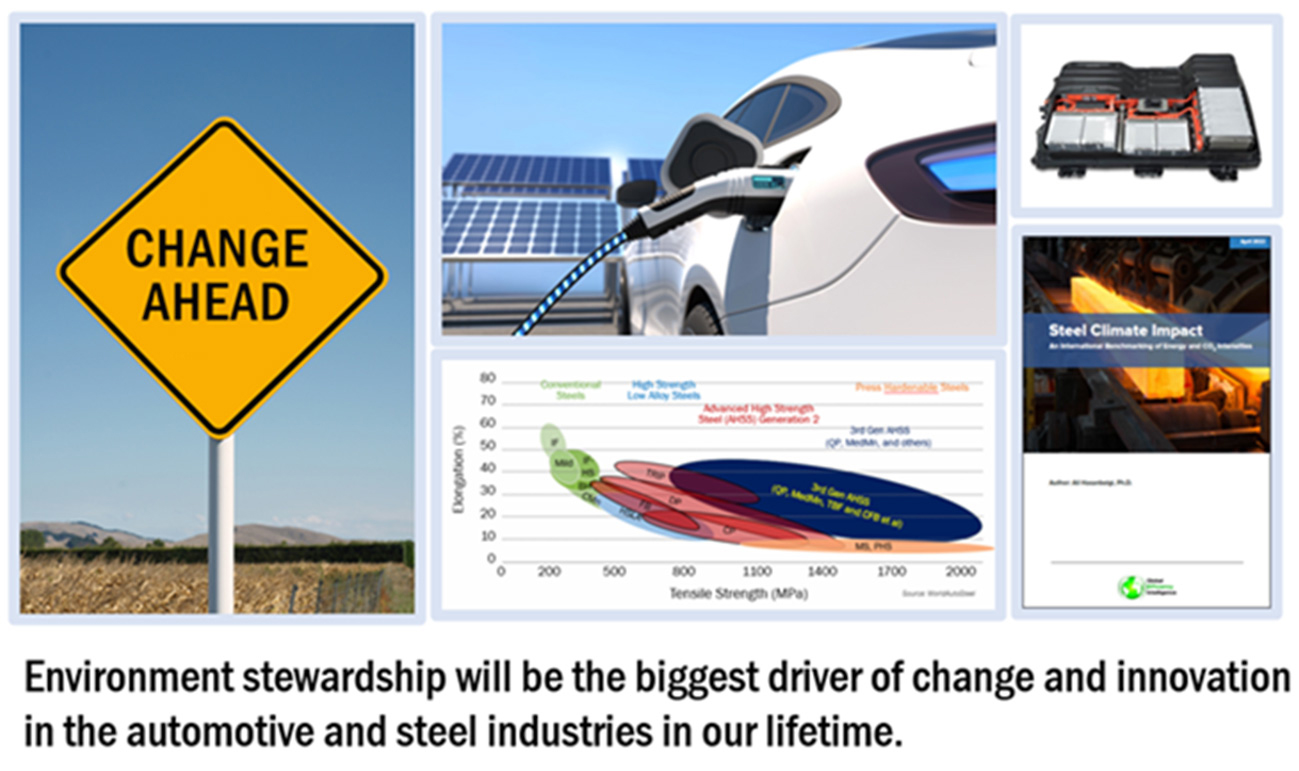
Strategies for Success in the Changing Landscape
Amidst these transformative changes, companies in the steel and automotive industries can position themselves for success by following a few key strategies:
(a) Understanding Decision Drivers: Companies must grasp the factors influencing decision-making during this period of change, such as sustainability goals, cost-efficiency, and regulatory compliance.
(b) Focusing on Fundamentals: Despite the industry’s evolving nature, a strong focus on fundamental principles, including quality, reliability, and cost-effectiveness, remains crucial for long-term success.
(c) Leveraging Innovation: Embracing innovative technologies, materials, and production processes can give companies a competitive edge. Continued research and development efforts in AHSS and other advanced materials will be instrumental in meeting the demands of the EV era. An example is Steel E-Motive, a program of WorldAutoSteel, the automotive group of the World Steel Association. Working with engineering partner, Ricardo plc, Steel E-Motive’s battery carrier frame is an intelligent approach to battery packaging with excellent protection, yet trimming 37% mass compared to benchmarks.
(d) Creating Partnerships: Collaboration among automakers, steel manufacturers, and other stakeholders is vital for addressing complex challenges collectively. Partnerships can foster knowledge sharing, expedite research, and drive technological advancements. At Auto/Steel Partnership, representatives from these stakeholders tackle common pre-competitive topics together, extending research budgets by pooling our collective resources. Auto/Steel Partnership members continually partner with industry experts, like AutoForm, on many different topics. Most recently A/SP and AutoForm combined efforts to understand how material constitutive data affects the accuracy of press tonnage predictions. This work can lead to less energy used in the manufacturing process. In May of this year, Vince Millioto of Martinrea presented some of this work on behalf of A/SP at Great Designs in Steel. Future collaborations with AutoForm are also in the works.

(e) Making it Personal: The automotive industry has successfully improved safety performance by making it personal — prioritizing the well-being of individual drivers and passengers. Similarly, to reduce carbon emissions, the steel and automotive industries must personalize their commitment to sustainability by considering the impact on the environment and future generations.
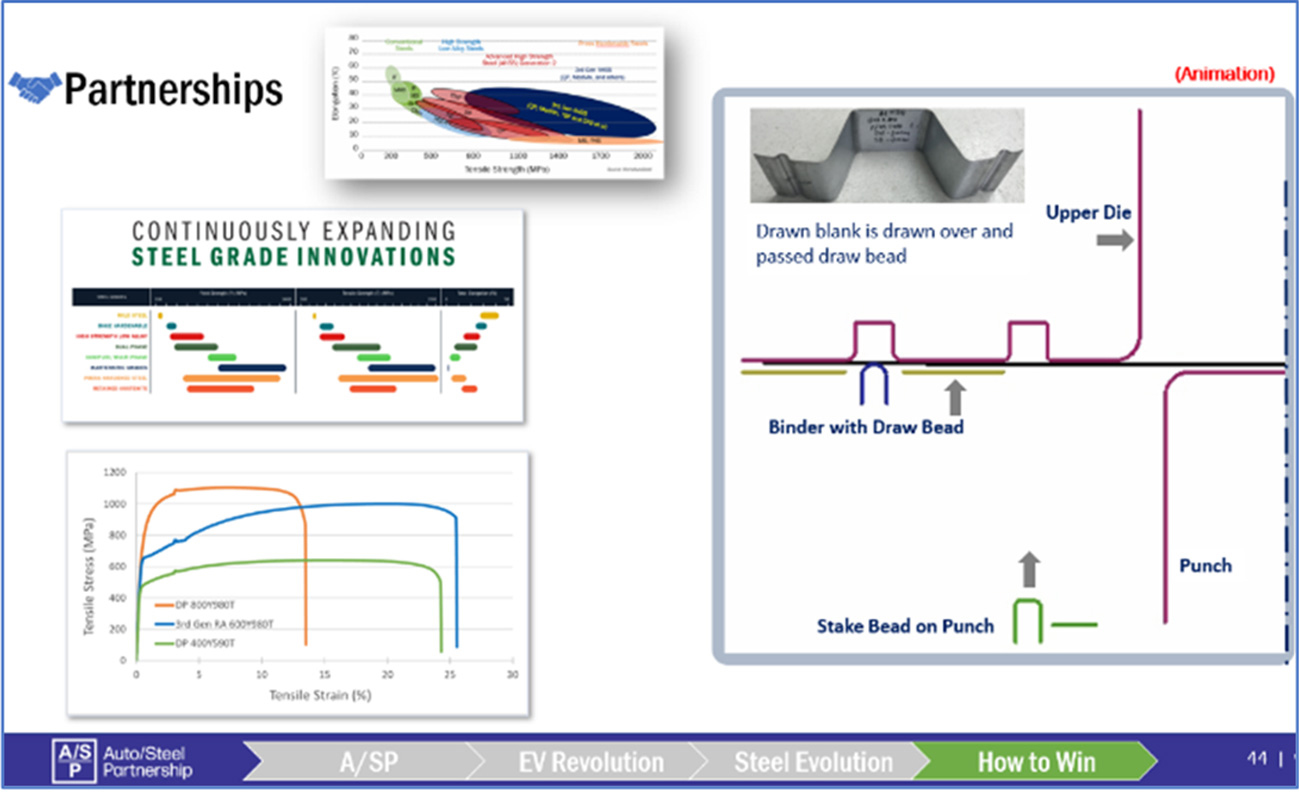
Conclusion:
The transition to electric vehicles presents both challenges and opportunities for the steel and automotive industries. As automakers embrace EVs, advanced high-strength steel emerges as a critical material for battery enclosures. The steel industry is adapting to meet sustainability goals while continuously advancing the strength and formability of its products. Companies that thrive during this transformative period will understand decision drivers, focus on fundamentals, leverage innovation, create partnerships, and make sustainability personal. By embracing these strategies, stakeholders can drive the development of a sustainable and low-carbon automotive future.
Auto/Steel Partnership: Fostering Research and Collaboration
The Auto/Steel Partnership serves as a platform for collaboration between automakers and steel manufacturers. By combining their expertise, these entities engage in precompetitive research and education, addressing shared challenges and exploring new possibilities. This partnership allows stakeholders to collectively navigate the evolving landscape and capitalize on emerging opportunities.
Learn more at www.a-sp.org
About the Author(s): Michael Davenport
- Executive Director, Auto/Steel Partnership




